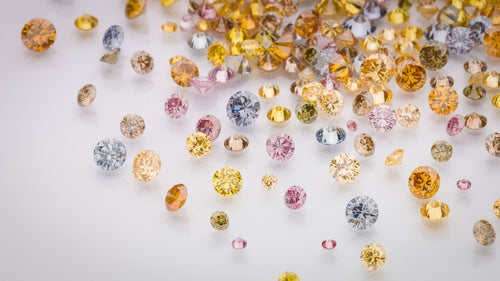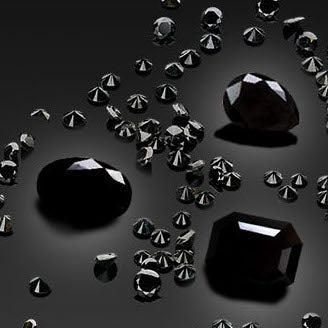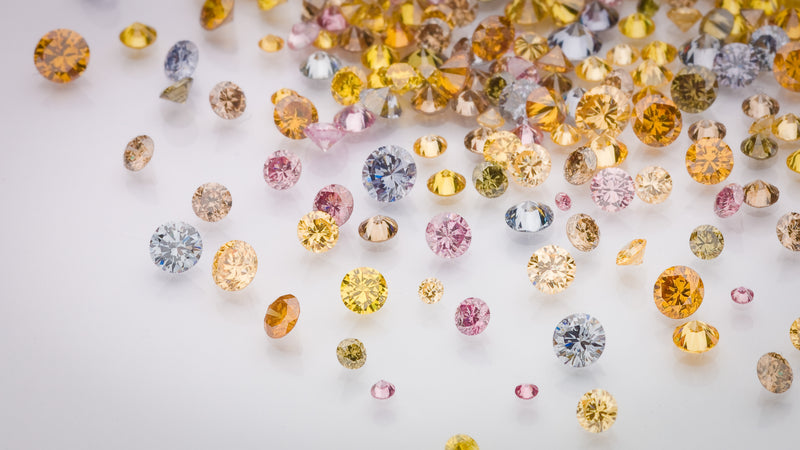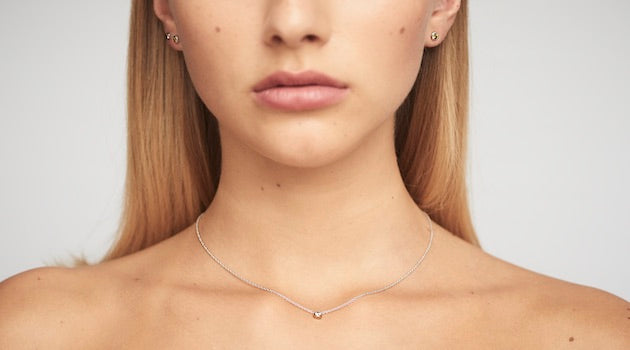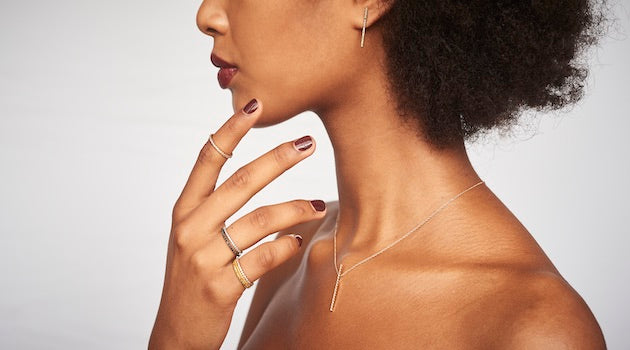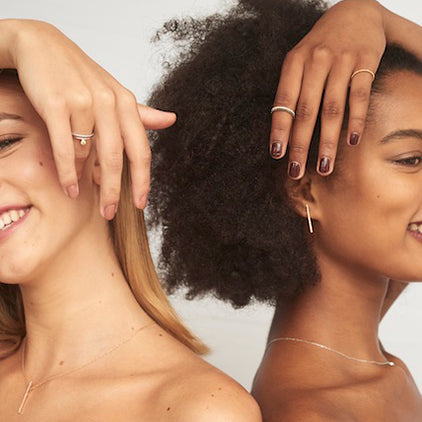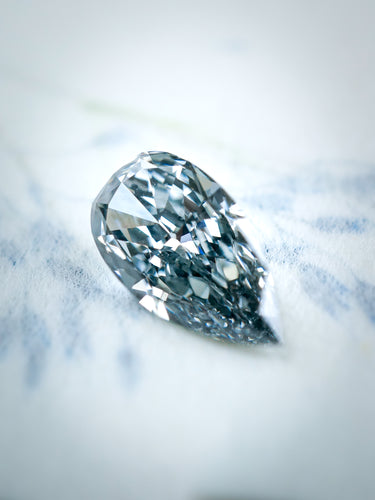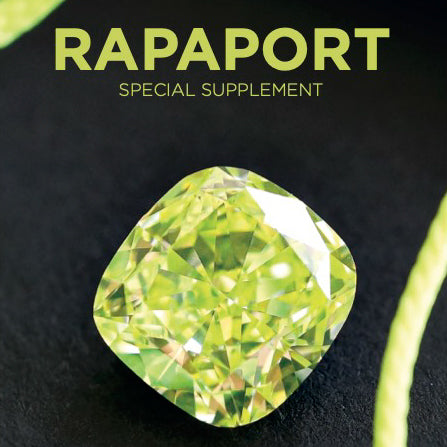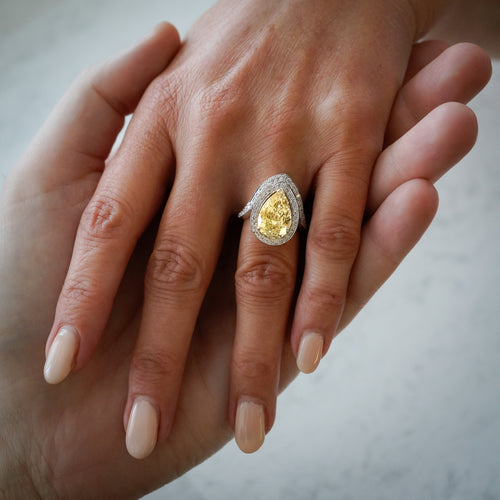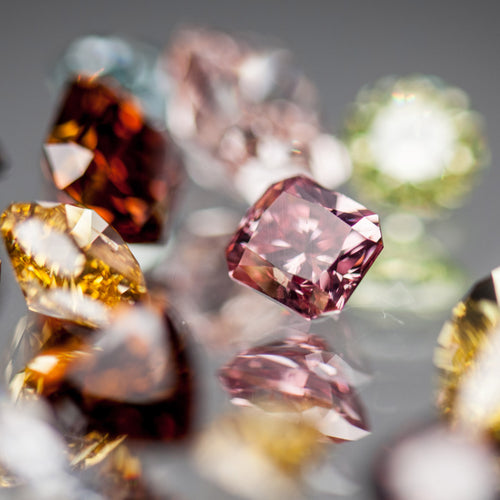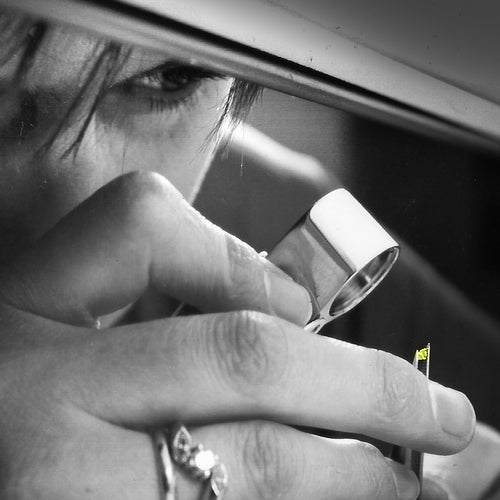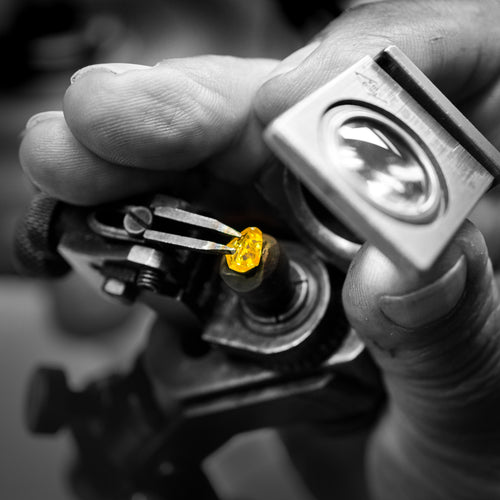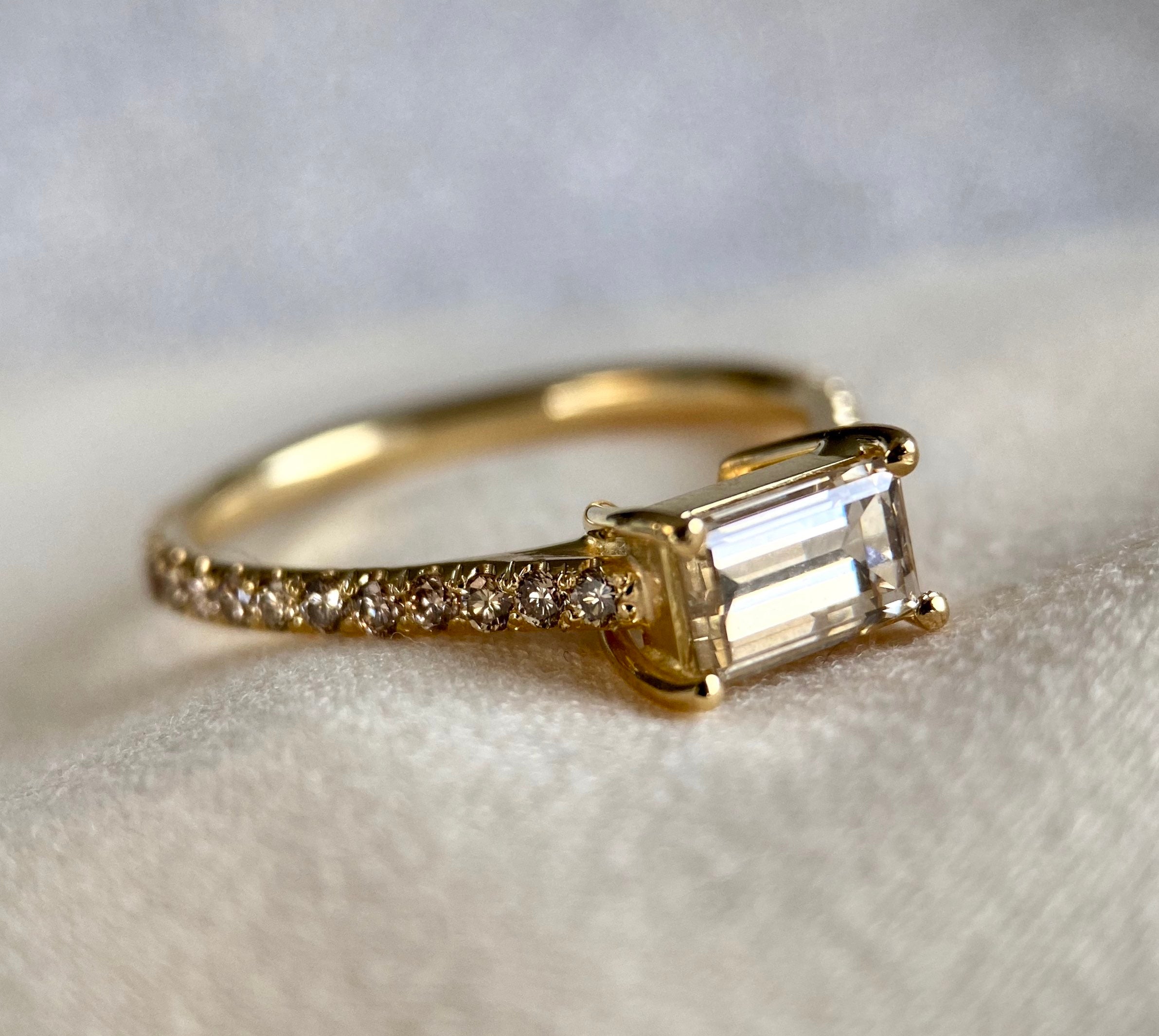


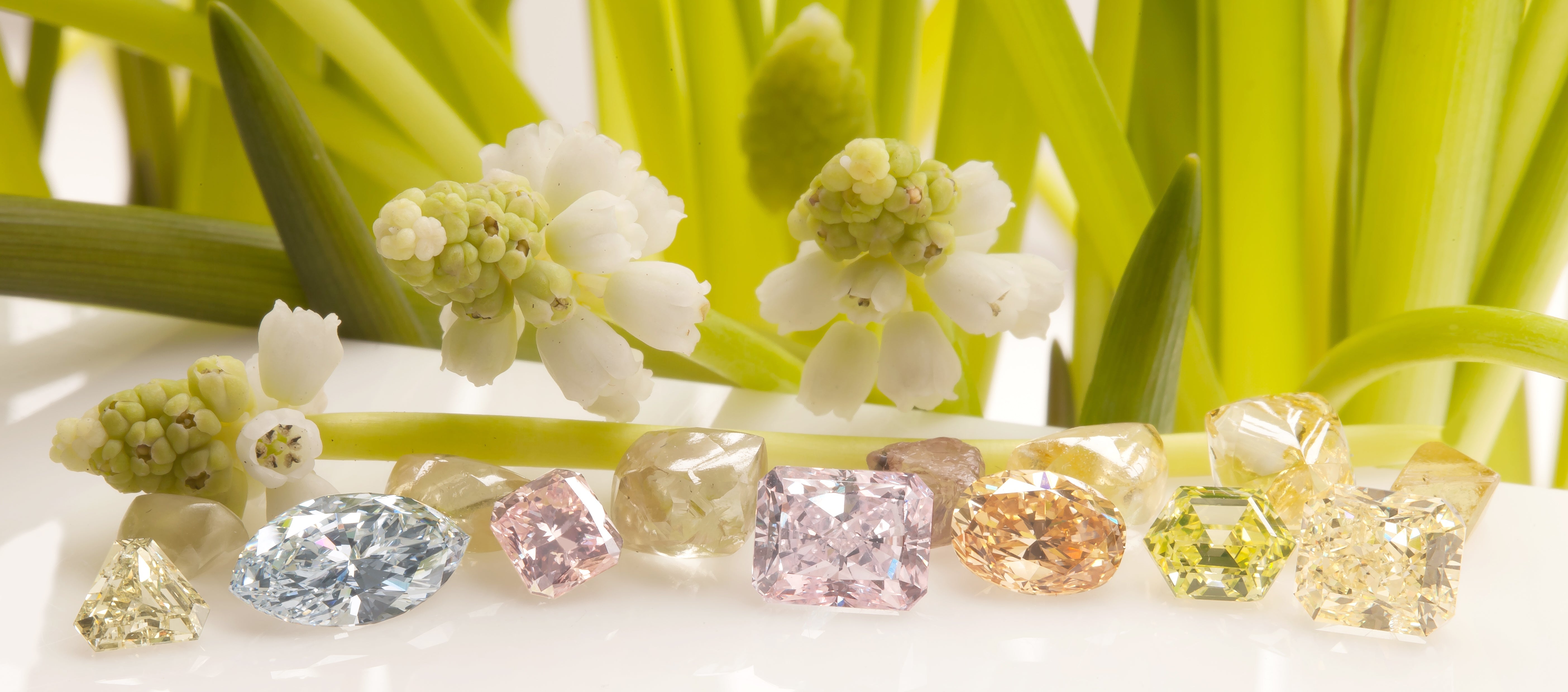

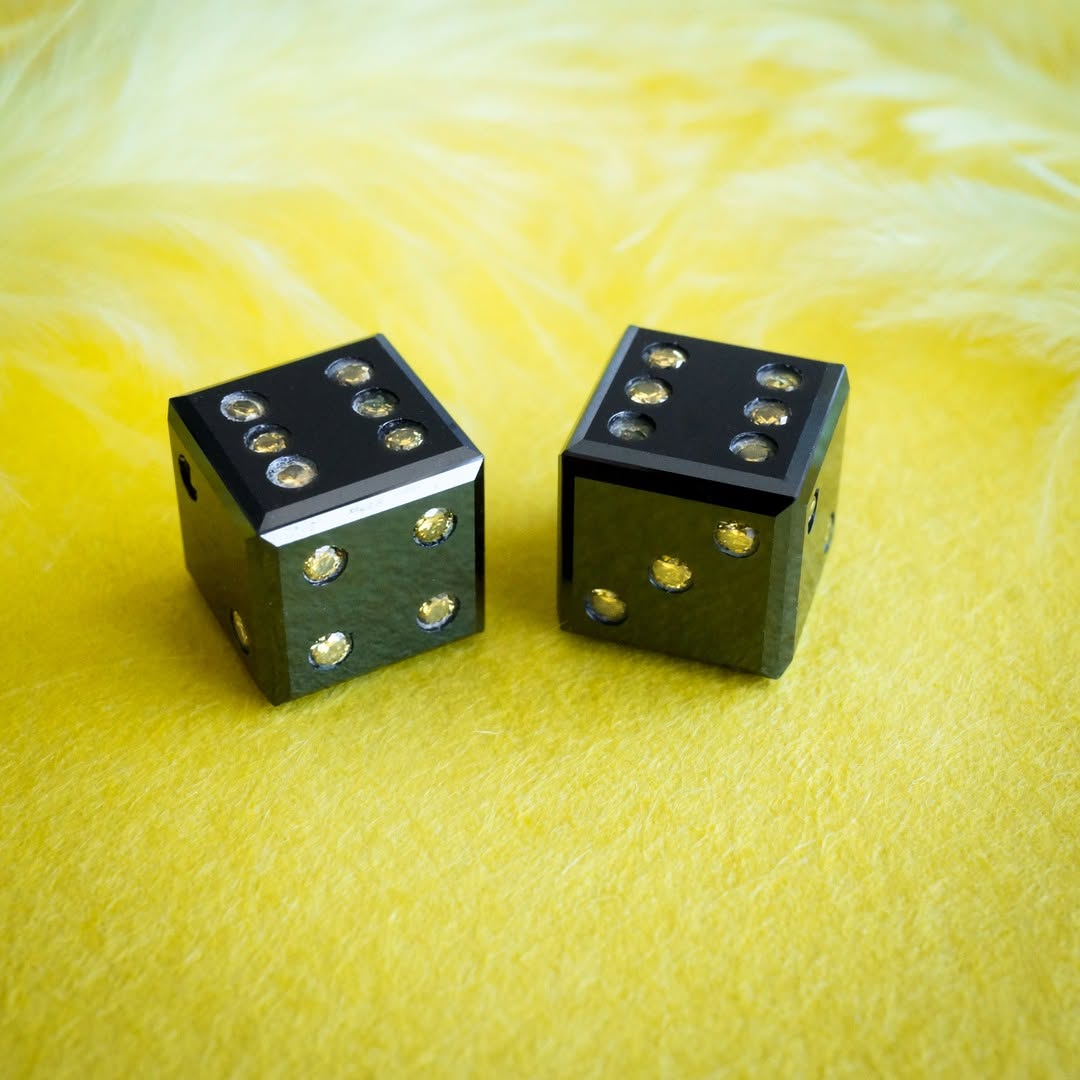
The Complete Buying Guide to Natural Orange Diamonds (Updated 2025)
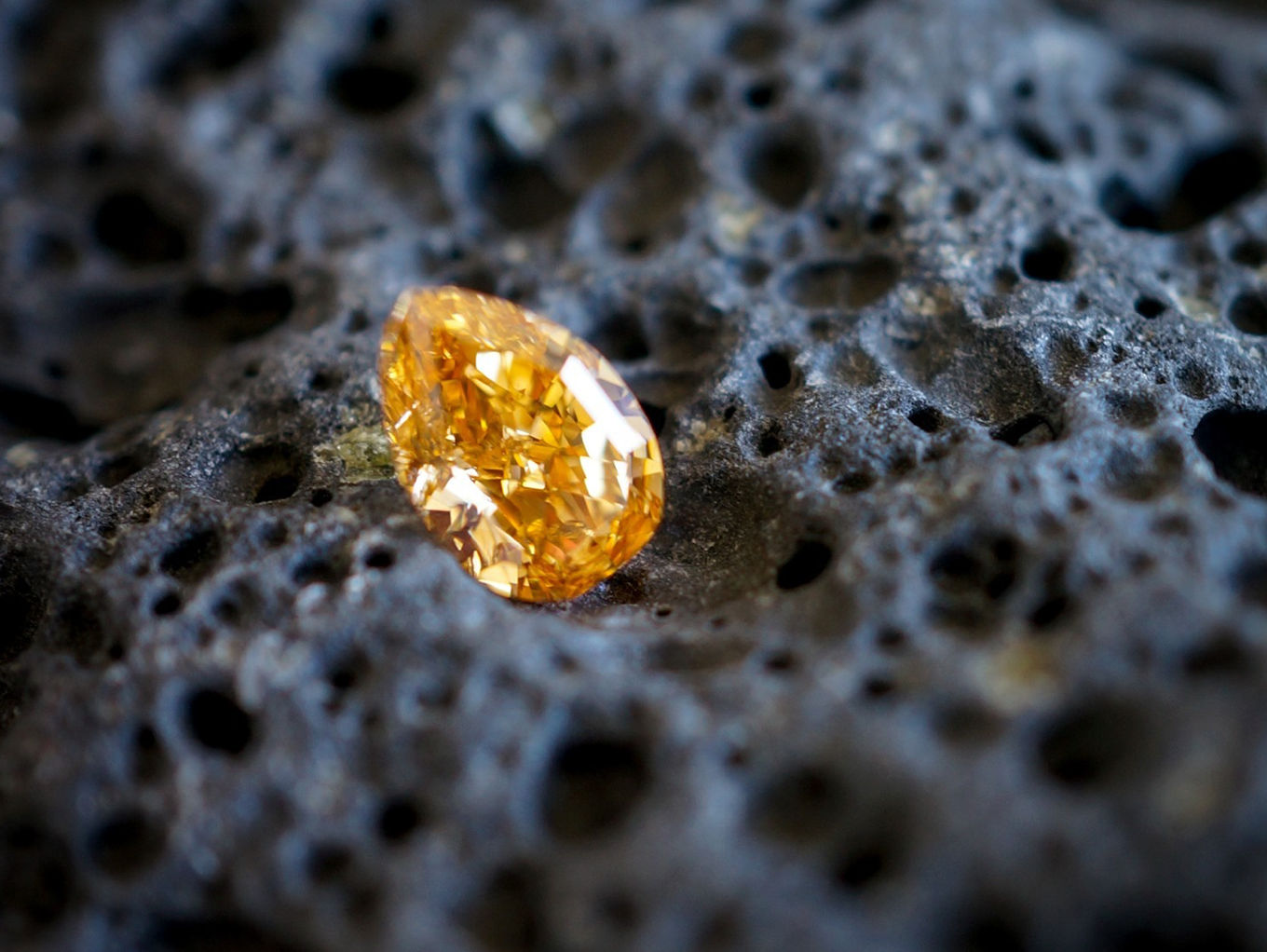
Natural orange diamonds, often called "fire diamonds," radiate warmth, optimism, and creative energy. From the vibrant hues of a summer sunset to the deep tones of autumn leaves, these gemstones exude a dynamic and uplifting charm. Rare and captivating, orange diamonds are coveted by collectors, investors, and jewelry enthusiasts alike.
This guide delves into everything you need to know about natural orange diamonds, from their origins to famous examples and styling tips.
· Looking to browse our collection of natural orange diamonds for sale?
What Are Orange Diamonds?
From Langerman’s bespoke gallery, orange diamond ring with yellow diamonds halo.
Natural orange diamonds are among the rarest fancy-colored diamonds, representing less than 0.1% of global diamond production. Their fiery hues are caused by nitrogen atoms incorporated into the diamond's lattice during formation. This unique chemical structure absorbs blue and yellow light, producing a vibrant orange color.
Things to know about natural orange diamonds.
Natural Fancy Orange diamonds owe their fiery hue to the presence of nitrogen, the same element that causes yellow diamonds to have that color. However, orange diamonds are much less common than the yellow kind. Pure orange color is extremely rare to find, but secondary hints of yellow, brown, or pink make these gems more accessible in terms of price while still presenting captivating, beautiful tones.
Key Facts About Orange Diamonds:
- Color Source: Nitrogen impurities are responsible for the orange hue.
- Locations: These gems are primarily mined in South Africa, the Democratic Republic of Congo, Brazil, and Angola. The now-closed Argyle Mine in Australia was also a significant source.
- Rarity: Pure orange diamonds with no secondary hues are extraordinarily rare. Stones with modifying colors such as yellow, pink, or brown are more common and therefore more accessible.
Why Color Matters in Fancy Orange Diamonds
Color is the most critical factor in determining an orange diamond’s value. Rather than relying on the GIA grading system, we use Langerman’s color references to describe the unique variations within the orange family. Each classification considers overall saturation, tone, and any secondary hues, ensuring every orange diamond is as distinctive as the wearer’s personal style.
Learn more about the origin of color in diamonds.
Pumpkin, Orange and Apricot Diamonds from Langerman in various cuts.
Langerman Color Classifications for Orange Diamonds:
- Pumpkin – Rich and strong saturation with a subtle yellow secondary hue (comparable to Fancy Deep Yellow-Orange).
- Orange – Rich and intense saturation, typically with minimal secondary hues (comparable to Fancy Intense Orange).
- Apricot – Soft, light yellowish-orange, evoking warmth in a gentler tone.
- Saffron – Deep yellowish-orange, often with underlying brown or red hints that add complexity and depth.
- Cognac – Noticeable brown secondary hues, creating a sophisticated, earthy orange (comparable to Fancy Brownish Orange).
These categories allow a buyer to better appreciate each diamond’s distinct color signature and choose a shade that resonates with their personal preference. Each hue, whether pumpkin, orange, apricot, saffron, or cognac, brings its own allure, showcasing the versatility and captivating range found within the orange diamond spectrum.
Pure orange diamonds are very scarce, so what other factors influence value? Clarity is a desired characteristic for most diamonds, but natural color diamonds tend to hide inclusions better. As long as the gem looks eye-clean, clarity doesn’t play such a crucial part. However, cut is much more important not only for intense orange diamonds but also for all colored diamonds.
A pear-cut yellow diamond next to an orange oval diamond.
Colorless diamonds are typically cut to improve clarity, maximize carat weight and improve brilliance. Hence the popularity of brilliant cuts, with the round brilliant being the most popular cut in modern times. Fancy shapes are the standard for natural orange diamonds and other colored diamonds. The goal when cutting these gems is to achieve the best color possible. Which usually means saturated and evenly distributed.
Pear-shaped intense orange diamond resting on top of a macaroon.
Generally, elongated, pointy cuts like the pear or marquise favor color the most. Shapes with bigger windows like the emerald and Asscher cuts are also popular. They regulate the amount of fire and scintillation, allowing a clearer appreciation of the stone’s color.
Famous Orange Diamonds
The Orange Diamond (14.82 carat) is the largest orange diamond ever graded by GIA.
The Orange
- Carat Weight: 82 carats
- Color Grade: Fancy Vivid Orange
- Price: $35.5 million (2013 auction at Christie’s Geneva)
- Significance: The largest Fancy Vivid Orange diamond ever graded by the GIA. This pear-shaped marvel is nearly four times larger than the average orange diamond, making it a true freak of nature.
Considered a once-in-a-lifetime discovery, “The Orange” is a 14.82 carat fancy vivid diamond of VS1 clarity auctioned by Christie’s Geneva in 2013. The pear-shaped stone was sold at the incredible price of $35.5 million, or $2.4 million per carat. But, what makes this diamond so extraordinary? “The Orange” is the largest fancy vivid orange diamond ever graded by GIA. Diamonds with such a strong orange hue usually don’t exceed three or four carats after being cut and polished. Meaning “The Orange” is nearly four times larger than the average orange diamond. Christie’s international jewelry director David Warren noted the stone being “over 14 carats is exceptional” and added “colored diamonds are real freaks of nature.” in reference to how the presence of an accidental coloring agent in the ground will result in exceptional diamonds with fantastic colors.
The famous Pumpkin Diamond, a 5.54 carat, cushion cut, orange diamond.
The Pumpkin Diamond
- Carat Weight:54 carats
- Color Grade: Fancy Vivid Orange
- Price: $1.3 million (1997 auction at Sotheby’s)
- Cultural Impact: Set in a ring, this diamond gained fame when Halle Berry wore it to the Oscars, sparking global interest in orange diamonds.
It could be said this is the gem responsible for putting orange diamonds on the map. Mined in the Central African Republic, it was cut and later auctioned at Sotheby’s, selling for the price of $1.3 million. The Pumpkin owes its name to its Fancy Vivid Orange color and to the fact it was sold one day before Halloween. The cushion-cut, 5.54 carat diamond was set in a ring, which Halle Berry wore to the Oscars, thus sparking the public’s interest in orange diamonds.
How to Evaluate Orange Diamonds
1. Color
- The most valuable orange diamonds are those with intense, even color distribution.
- Secondary hues (e.g., yellow, pink, or brown) can enhance or diminish value depending on their effect on the stone’s appearance.
2. Clarity
- While clarity is less critical in color diamonds, inclusions should not detract from the gem’s overall beauty. Most orange diamonds are “eye-clean,” with inclusions hidden by their vibrant color.
3. Cut
- The cut significantly affects the diamond's color intensity and brilliance. Elongated shapes like pear, marquise, and oval cuts are popular for enhancing saturation.
- Avoid round cuts for orange diamonds, as they may dilute the color.
4. Carat Weight
- Larger orange diamonds are exponentially rarer and more expensive. A slight increase in carat weight can lead to a dramatic price jump.
How to Style Natural Fancy Orange Diamonds
Styling Orange Diamonds
Orange diamonds’ bold colors pair beautifully with complementary settings and metals. Here are some design ideas:
1. Contrast with White Diamonds
- Surround an orange diamond with colorless diamonds in a halo or side-stone setting to create a striking visual contrast.
This pendant necklace from Langerman’s bespoke archives is an excellent example of how yellow gold compliments the warmth of fire diamonds. A white diamond halo creates enough contrast to accentuate the diamond’s bright sunny color.
2. Use Warm Metals
- Yellow or rose gold enhances the warmth of orange diamonds, making their fiery hues pop.
-
In this custom-made ring, gray diamonds were set in white gold to frame the orange gem and draw all the attention to it.
3. Mimic the Diamond’s Shape
- Match the setting design to the diamond’s shape. For example, a tapered band can mirror the tip of a pear-shaped stone for a harmonious look.
Orange diamonds are rare, fun, and full of personality. Let it shine with a bespoke design that follows the diamond’s dynamic shape. This Langerman’s custom ring features an intense orange pear shaped diamond of 3 carat set in an embellished, tapered band that mimics the diamond’s tip.
Popular Settings
- Halo Setting: Amplifies the diamond’s brilliance with a circle of smaller diamonds.
- Side-Stone Setting: Highlights the central orange diamond with complementary stones.
- Prong Setting: Elevates the diamond, making it appear larger and more prominent.
Investment Potential of Orange Diamonds
Natural orange diamonds are not just stunning gemstones but also a smart investment. Their rarity ensures consistent appreciation in value, particularly for stones with stronger color intensity such as Fancy Vivid or Fancy Deep Orange.
Key Considerations for Investment:
- Trusted Supplier: Make sure you’re purchasing from trusted companies and reputable suppliers. For instance, Langerman Diamonds have been on the market for over 50 years, and are a well-established and trusted supplier.
- Secondary Hues: Pure orange diamonds command the highest prices, but stones with yellow, pink, or brown modifiers can be a more affordable entry point.
- Market Trends: With diminishing sources, prices for high-quality orange diamonds are expected to rise.
Final Thoughts
Orange diamonds are among the most vibrant and rare gemstones, offering a unique blend of beauty, rarity, and investment potential. Whether you're designing a bespoke engagement ring or expanding your collection, these fiery gems make a bold statement.
Explore Langerman’s curated collection of natural orange diamonds, ranging from Pumpkin and Apricot hues to Congac masterpieces. Let our experts guide you to the perfect gem for your style and budget.
Select orange diamonds from Langerman include:
- 0.57 ct Square Orange Diamond
- 0.64 ct Marquise Orange Diamond
- 0.12 ct Round Orange Diamond
- 0.10 ct Marquise Orange Diamond
- 0.82 ct Pear Shape Orange Diamond
- 0.60 ct Marquise Orange Diamond
Design your dream jewelry today!
Find the orange diamond of your dreams at Langerman Diamonds.
